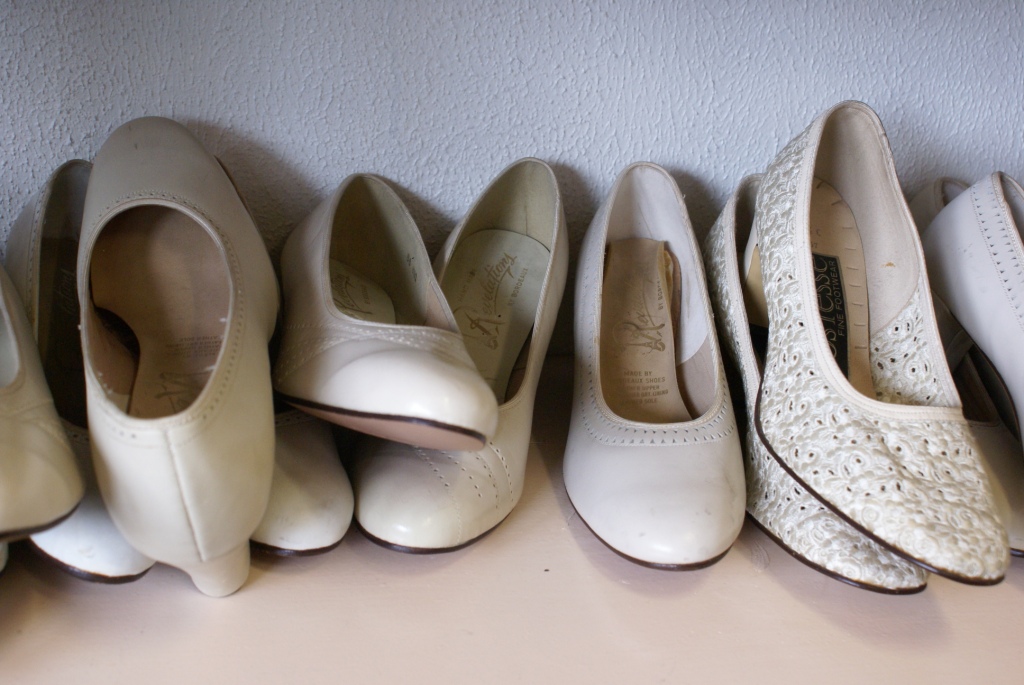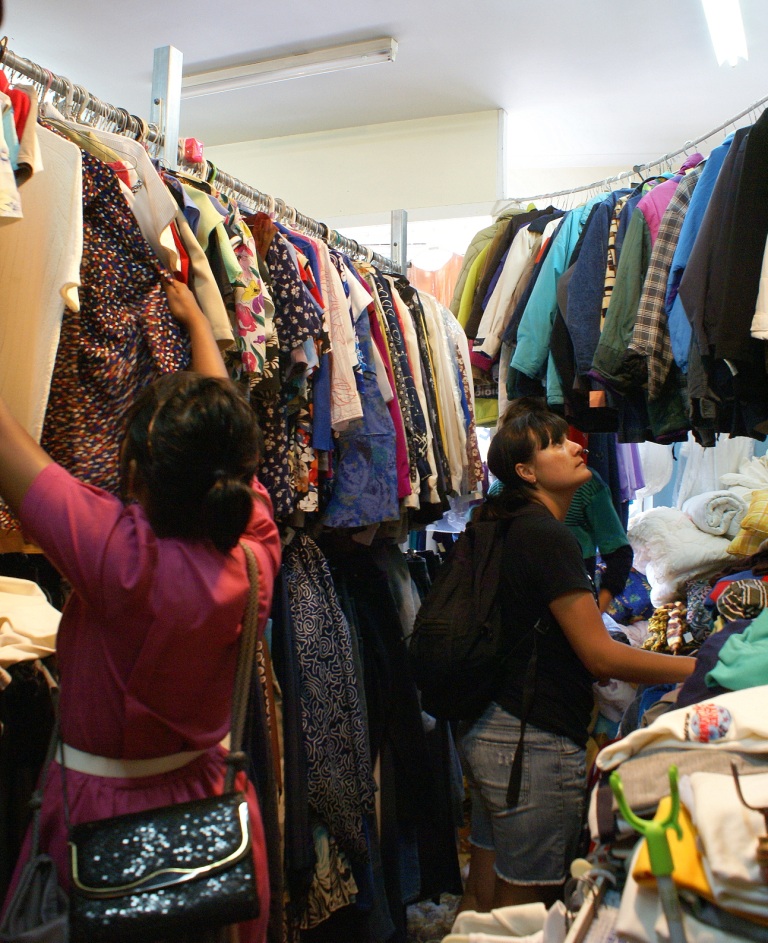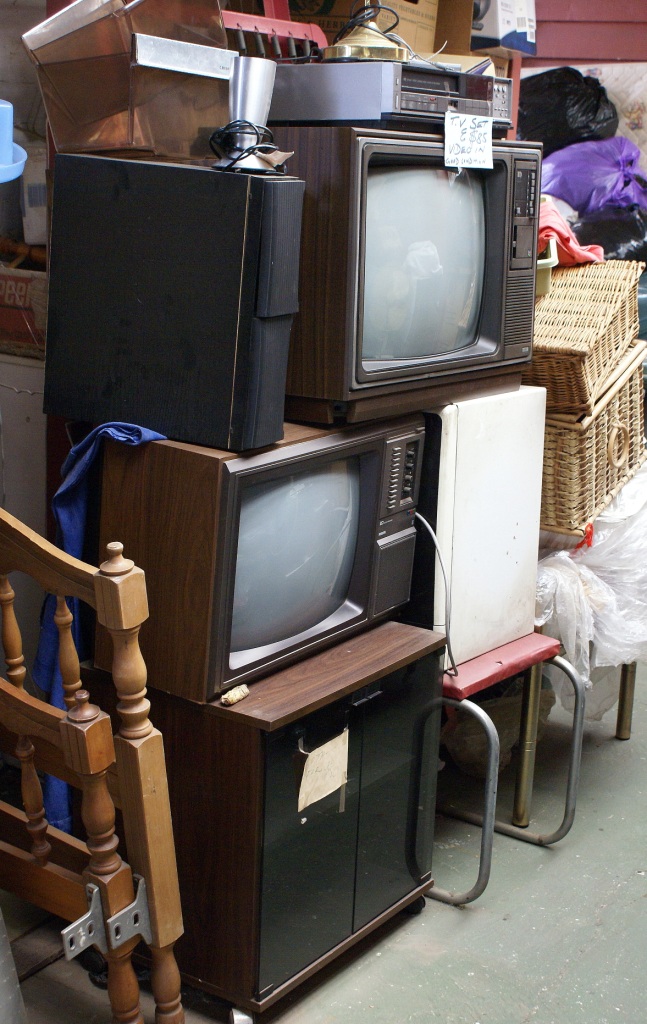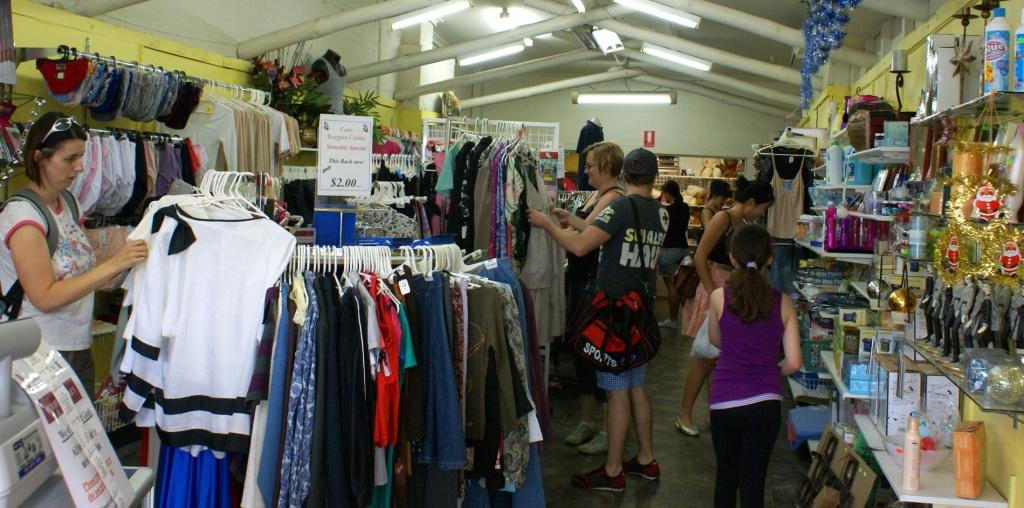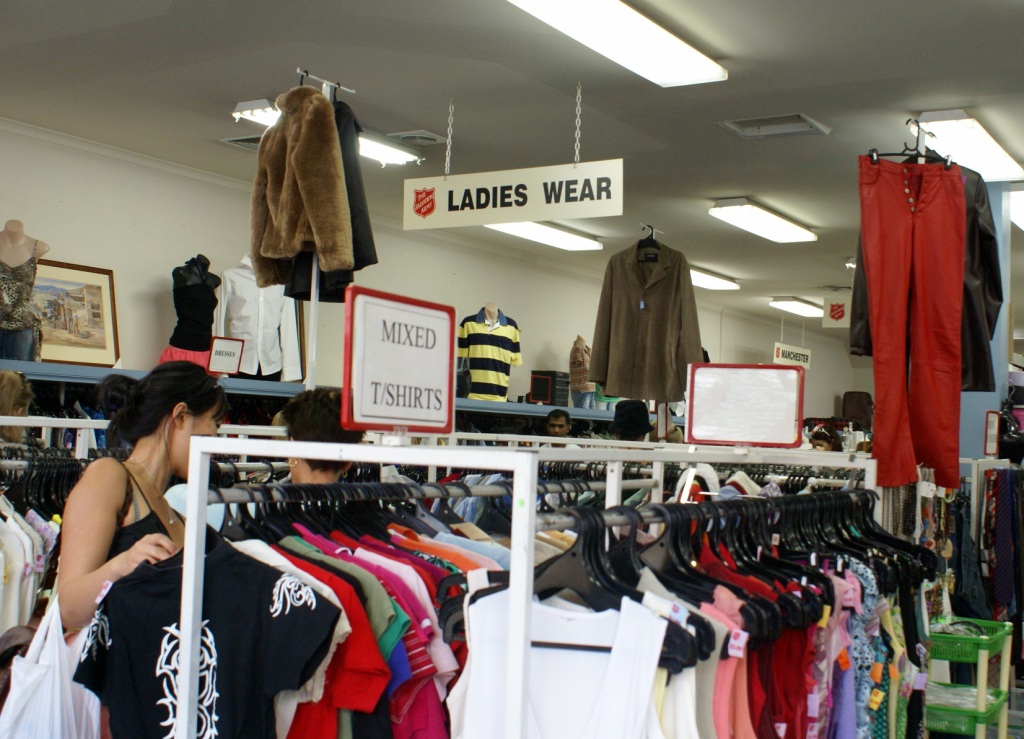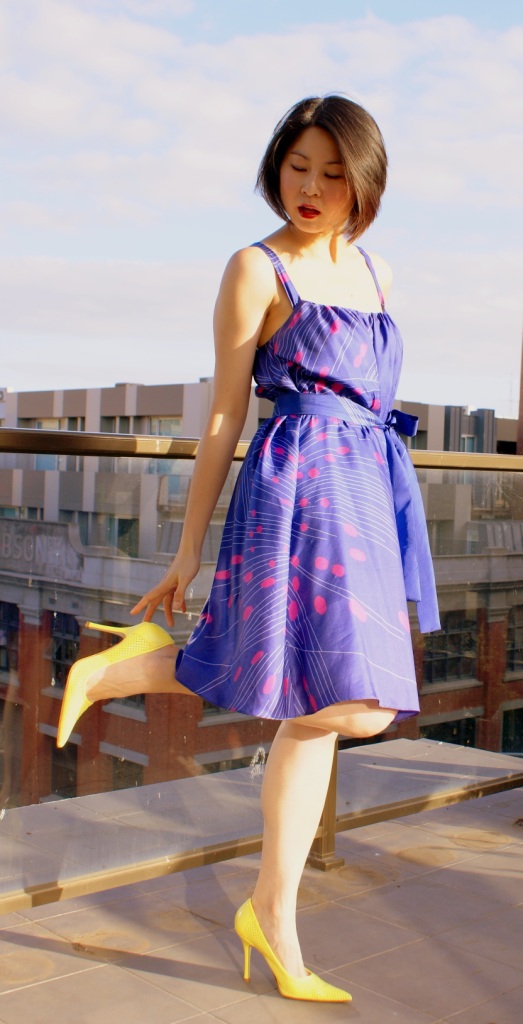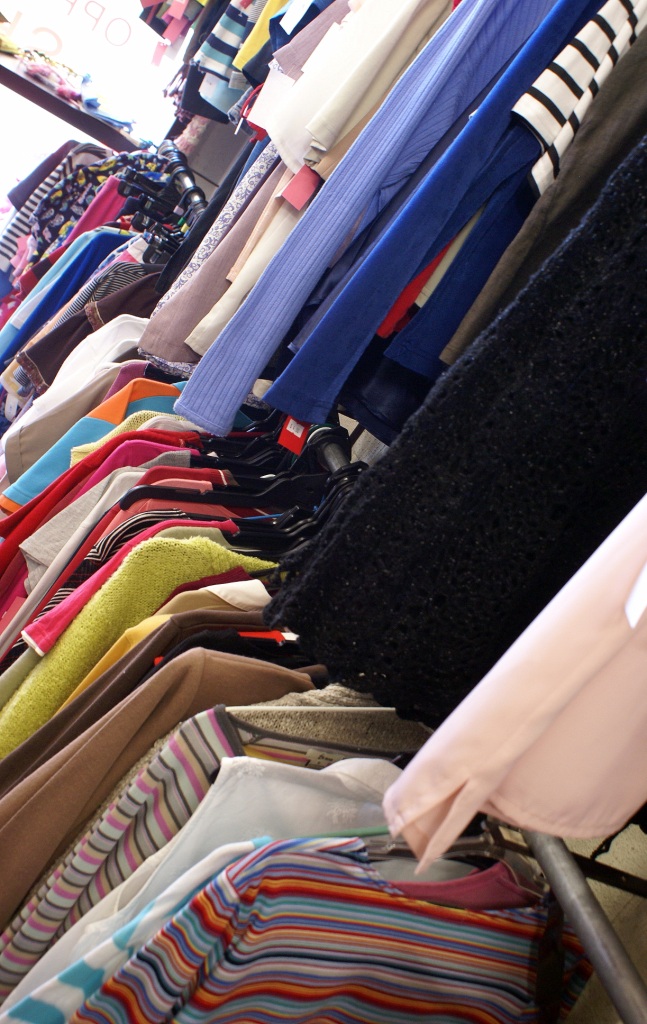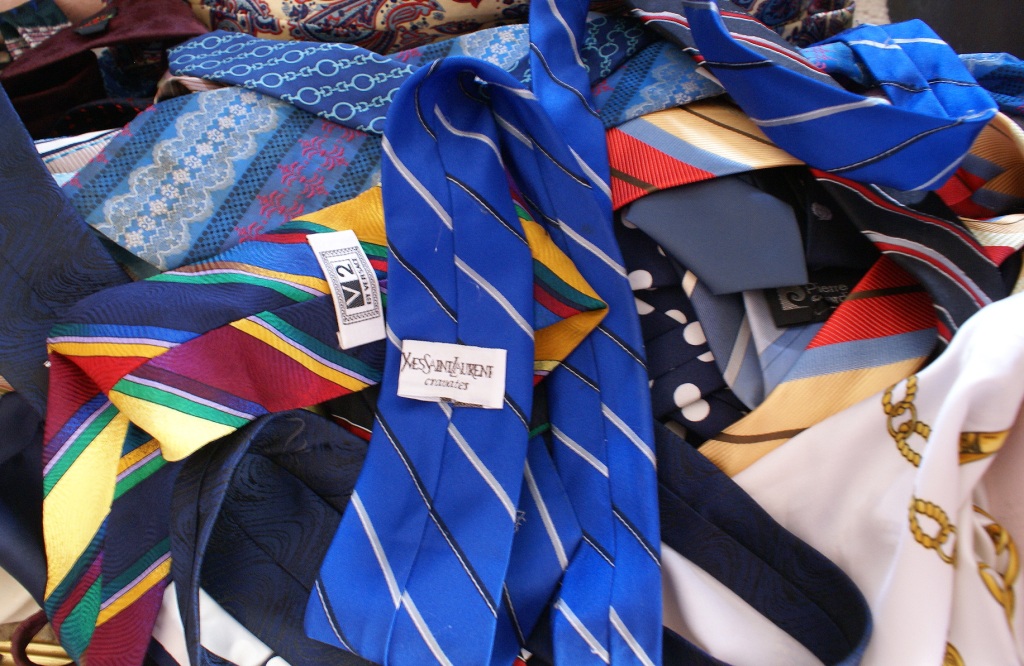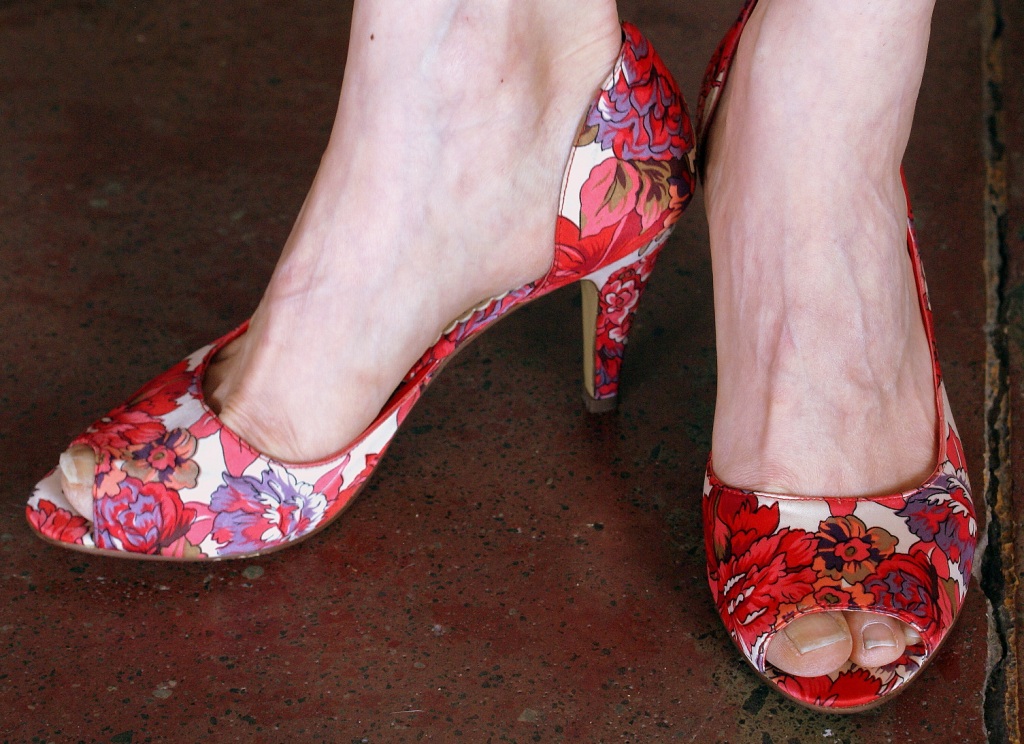 https://melhotornot.com/wp-admin/post.php?action=edit&post=9872&message=10
https://melhotornot.com/wp-admin/post.php?action=edit&post=9872&message=10
Funerals & Food: Inspired by Tradition is definitely the winner of Most Intriguing Event during the Melbourne Food and Wine Festival (though technically it’s not part of the festival’s official program).
Nelson Bros is Australia’s oldest family owned funeral company and at their historic Williamstown funeral home they hosted an afternoon of panelists exploring the rituals and traditions of funerals and funeral food. The free event included refreshments from a classic afternoon tea such that you’d expect to be served by Nelson Bros for families plus the macabre-sounding funeral jelly from artisan ‘jellymongers’ Bompas and Parr from the UK, who are guests of the festival this year.

The crowd began to gather in the bright afternoon sunshine, some dressed in mourning garb, some not. At last the event began with Bompas and Parr entering the venue in a black car, behind an elaborate 19th century hearse drawn by a pair of extravagantly plumed horses.


Then out popped these two young Englishman dressed in neat shirts and twee bowties, reverently holding a wobbling red jelly pyramid. Oh this was going to be fun!


Inside the chapel, four panellists had been gathered by Adrian Nelson, a 5th generation funeral director, to speak about the funeral traditions. Why funerals and food? Because in effect funerals are a celebration of life and food is a vital part of living.
First up was Elizabeth Chong, a chef and educator famous for bringing Chinese food to the Australian masses. She spoke about Chinese traditions of mourning, including the burning of paper images of items from the person’s life, money, servants and clothing – all so the deceased would be comfortable for their journey to the afterlife. This tradition still happens in modern times and you can now buy a funeral package for a woman consisting of paper diamonds, a Gucci purse, mobile phone and gold Omega watch! A Chinese funeral banquet consists of strictly 7 courses of simple food, with a separate round table for the immediate family who will eat only vegetarian food. Typically, the rest of the guests will partake in dishes such as a sweet soup (to take away the bitterness of sorrow), a mixed cold platter including poached chicken, crispy pork and bean curd), a Buddhist dish consisting of 10 dried ingredients, sweet and sour pork (again, representing the sweetness taking away the sourness of the occasion), e-fu noodles with mushrooms, vegetarian fried rice and a fresh fruit platter.

Alan Samuel from Temple Beth Israel then spoke about Jewish funeral traditions, some of which had parallels with the Chinese customs. The wake was often held in the home of an immediate family member with neighbours and friends preparing a ‘meal of condolence’ for the family to eat. This meal consisted of round rolls, bagels and hard-boiled eggs, all items representing the eternal, cyclical nature of life. The egg in particular would be the first item to be eaten after the funeral, as it had no mouth and represented the mourner in shock with no words for anyone. Neighbours and friends were also called upon to make meals for the immediate family to eat for the next 7 days, the period of ‘shiva’ or mourning.
George Haralambopoulos is the head sommelier at Werribee Park Mansion Hotel and also gives English sermons at the Greek Orthodox Church. The funeral food of the Greek Orthodox church is based on the meal that the Virgin Mary ate after the crucifixion – a small handful of olives, dry bread and some sweet wine. The wine, called commandaria, is the world’s oldest named wine still in production, and is used as part of communion as well.
Finally, Priscilla Nelson spoke about the development of the modern funeral and the role of a modern funeral home and funeral directors such as Nelson Bros.
The second part of the event was Sam Bombas and Harry Parr discussing how they became to be jellymongers and in theme with the title, how they came to make funeral jellies. They first started out applying for a jelly stall at Borough Market but were rejected for the silliness of their idea. However, in the meantime Sam was studying architecture and encouraged by his tutor was applying his knowledge to designing jelly moulds. Together with Harry they decided to launch a competition amongst the world’s leading architects to design jelly moulds. To their surprise they receive thousands of entries.

They were excitable, funny and obviously loved their job. They passed around the first jelly mould that they made, a very ambitious replica of St Paul’s Cathedral – you can see the jelly in action here and an example of the sort of classical structures which make the best jelly shapes. Everyone then got to try the funeral jelly – a wobbly, melt-in-the-mouth plum and prosecco jelly.

They are looking at developing commercial jelly moulds for sale, with their first project being a Royal Wedding commemorative mould to be sold at Selfridges! I’m putting that down on my shopping list for my London-based friends.
You can read about another Bombas and Parr adventure by my friend Gourmet Chick, who attended the Courvoisier’s Complete History of Food in London last year.

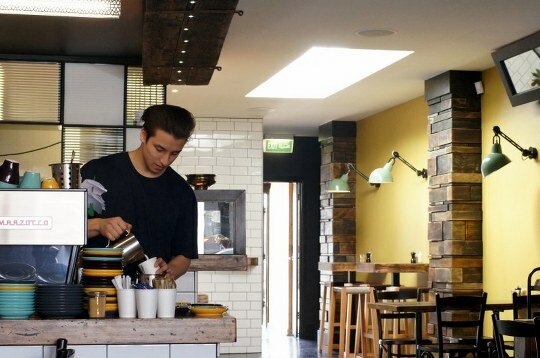
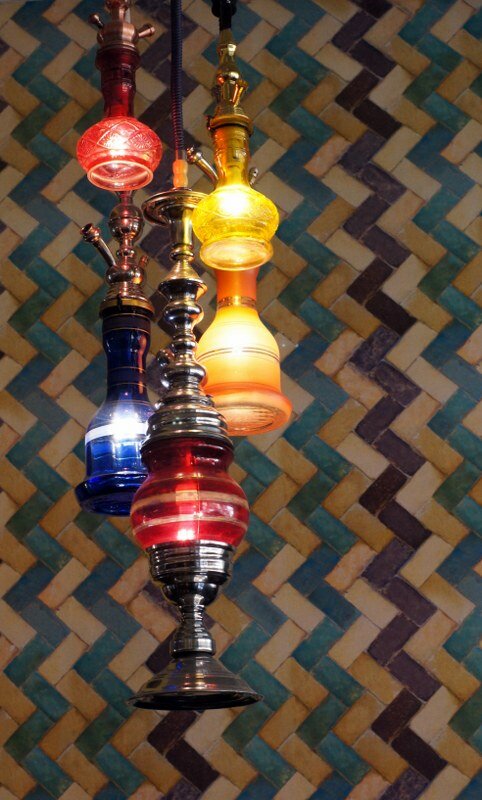


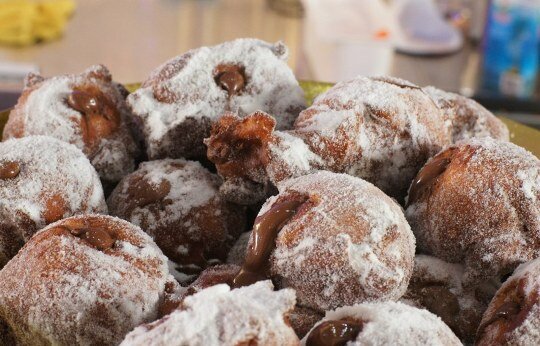


 https://melhotornot.com/wp-admin/post.php?action=edit&post=9872&message=10
https://melhotornot.com/wp-admin/post.php?action=edit&post=9872&message=10










